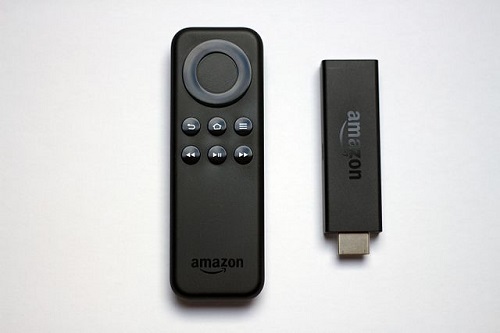Friendly fire refers to an attack or firing of guns and weapons on fellow soldiers or allies while trying to dispose off enemies. Â These situations are typically accidental in nature and may result to injury or death to other soldiers who may belong to the same unit, group, or country. Â Discharge of gunfire towards so-called allies or troops from other friendly countries is also considered as friendly fire. Â Experts in this kind of subject frequently point out that unintentional and accidental attacks to civilians or other structures for example are not classified as friendly fire but rather as collateral damage. Â Firing on unit mates or one’s own troops with intent is also not part of what is classified as friendly fire.
One of the most common causes of friendly fire is miscommunication between allies and troops. Â In a typical attack situation, several units or groups may be involved and each of these units may not have the right information at the right time in terms of positioning and movement. Â Although there may be ways to communicate like satellite radios and telephones for example, these may not be very adequate in the so-called battlefield. Â There are also times that feedback from every troop unit deployed may not be received at the right time and so some decisions may be made poorly in terms of movement and attack strategies. Â Situations that involve poor visibility can also result to friendly fire. Â Not being able to pinpoint the exact location of other allied troops for example may mean that some gunfire may be accidentally directed towards them. Â Â There are also various cases that the unintentional firing of weapons towards one’s own troops is due to the inability to identify which one’s are the enemies and which one’s are his/her own men. Â Wars and battlefields are typically chaotic and there are certain situations wherein the chaos will cause errors in decisions and identifying foes versus friends.











Leave a Reply